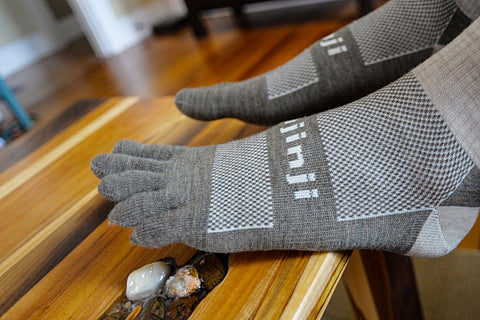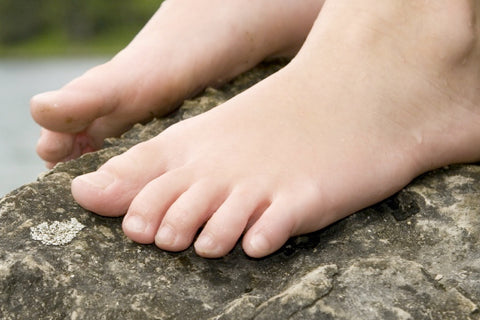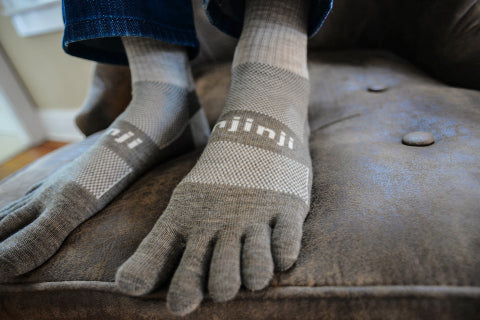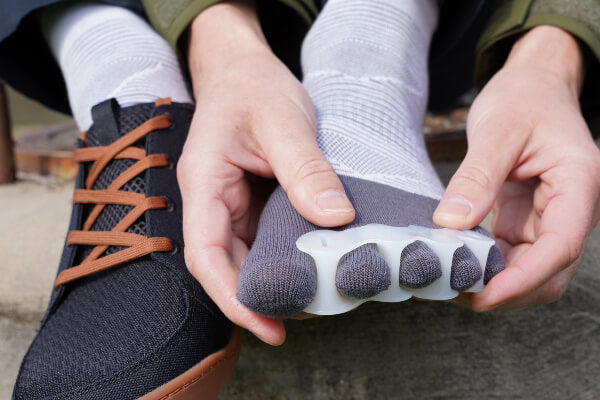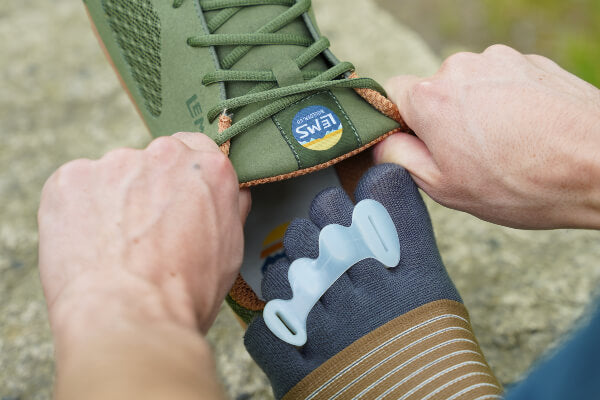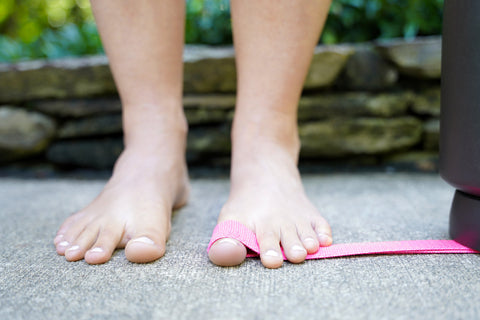
The big toe plays a far more significant role in athletic performance than most people realize. Often overlooked in conventional training programs, this powerful digit is crucial for balance, propulsion, and overall movement efficiency. Whether sprinting, cutting, jumping, or stabilizing, a strong and mobile big toe provides the foundation for optimal biomechanics. Unfortunately, restrictive footwear and poor movement habits often limit big toe function, leading to diminished athletic potential and...
Read more
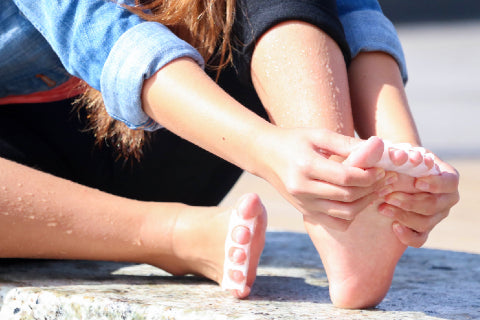 This is a great question, and one that the team here at Natural Footgear often receives from curious parents. Quickly, though, before we dive into that topic, it’s important to note that long-term foot health is an incredible gift that parents can give to their children—a gift that will pay large quality of life dividends over time. It’s natural that parents want to ensure that their little ones put their best foot...
Read more
This is a great question, and one that the team here at Natural Footgear often receives from curious parents. Quickly, though, before we dive into that topic, it’s important to note that long-term foot health is an incredible gift that parents can give to their children—a gift that will pay large quality of life dividends over time. It’s natural that parents want to ensure that their little ones put their best foot...
Read more





